

In a potential redirection towards an ecological worldview, the environment and landscape design can play a catalytic role in rethinking the way we perceive reality, within the transition to a sphere of biocentrism.
The study and comprehension of living systems can assist and enhance the effort to redefine the human within the natural ecosystem, providing design information at different scales of the built environment, while involving the principles of systemic approach, circular and metabolic processes, but also the appearance of the ephemeral dimension.
At the intersection of design, materials science, amateur and professional experimentation and the research for sustainable materials and production methods, grown materials are making their appearance, like mycelium, the one being explored in the present work. Mycelium, the filamentous plant part of the fungi, is being explored as a potential biomaterial, sparking a revision of the conventional design and construction methods, as it introduces new subjects of a material-centered approach, through co-designing with the living.
Initiating from the view of mycelium as a decomposer, the project is aiming to the creation of a "node" within the urban "metabolic" network, where a multitude of material and spiritual flows will intersect, affecting the health of the wider urban whole, with steps towards an energy, material and food autonomy and ecology.
Myco360 is "knitted" in the University Square of Volos, and "grows" by decomposing local organic waste, in an attempt to develop local closed loop systems of material, nutrient and social flows intersections. Myco360 is seeking and exploring ways of co-production, "regeneration" and "cultivation" of a culture of care and coexistence with the living ecosystem and food self-sufficiency, along with resource, practices and knowledge exchange.
Supervisor: Kotionis Zissis
Reference Number: 893
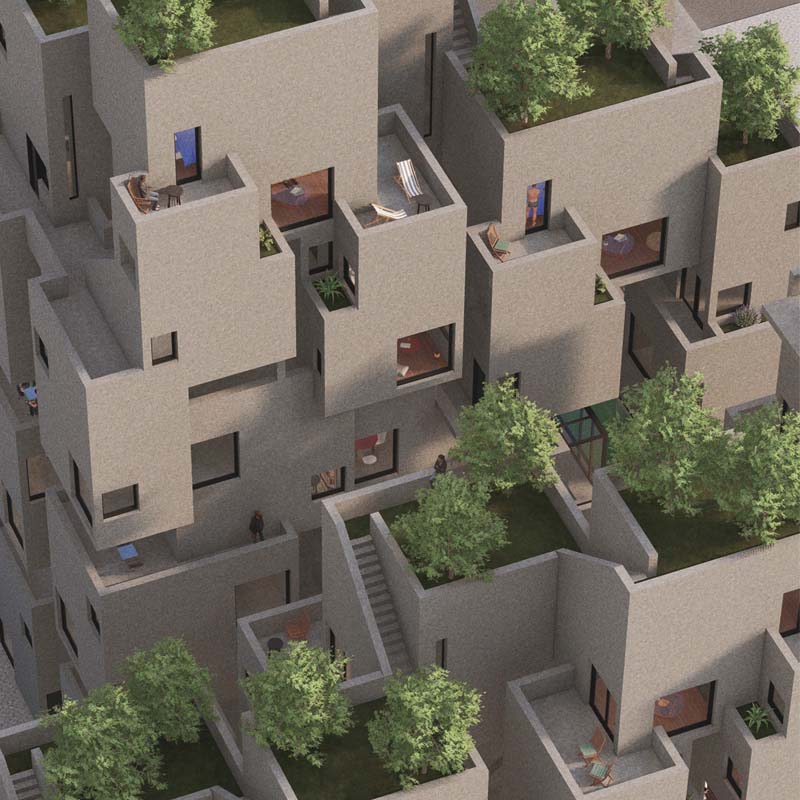

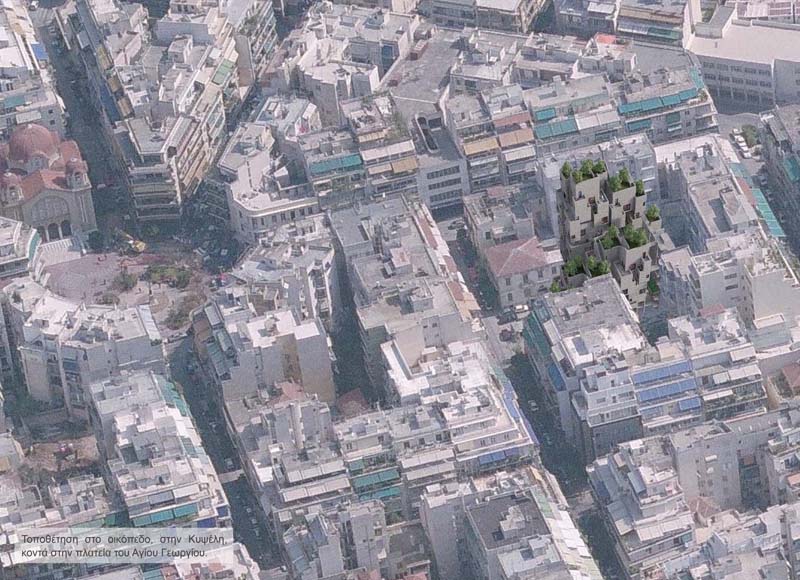

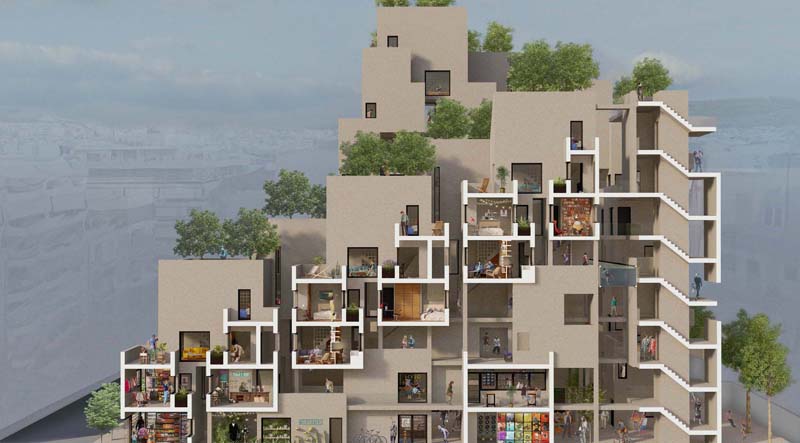

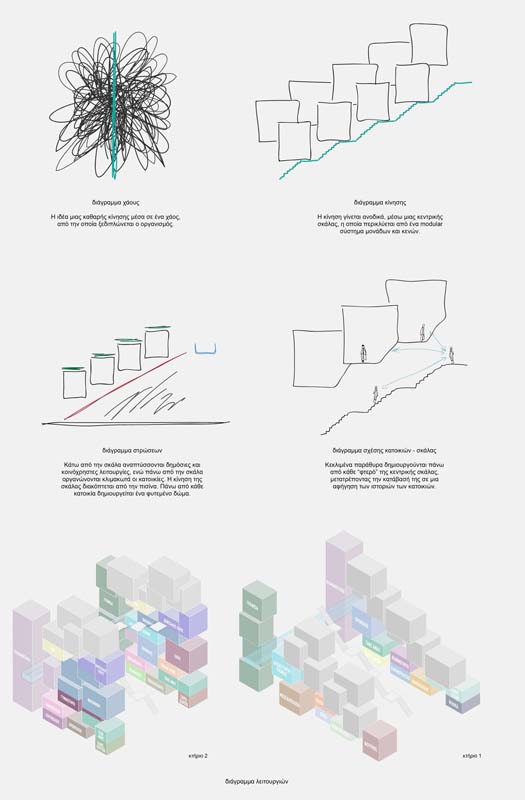



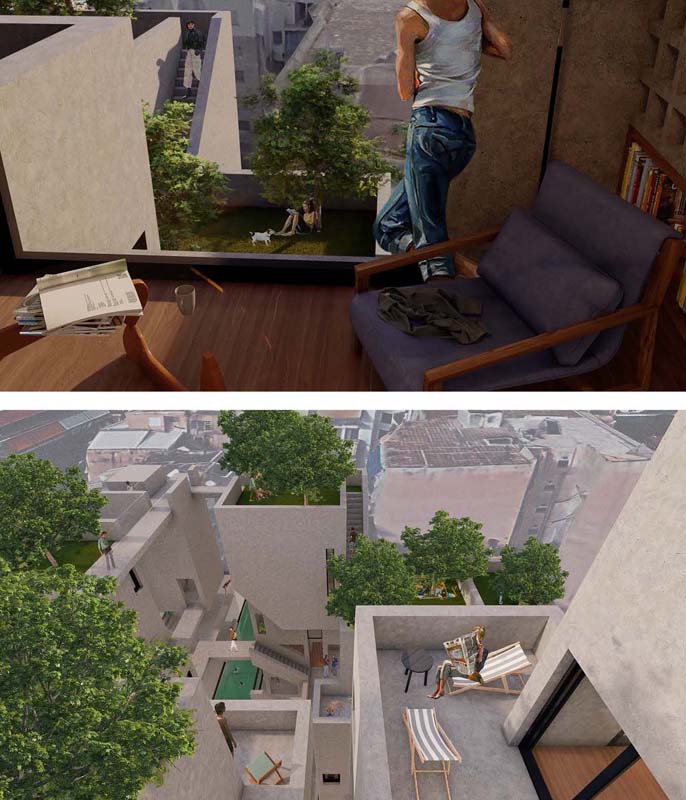

Chaos, diversity and shifting are components that define the city. The reaction are fast, non-successive, fleeting. In this multilateral entity, millions of relations unfold every day. The city is a field of chances, encounters, exchange of glances but also the simple awareness of the presence of other people.
The polykatoikia is an integral part of the greek topyography, that most of the time is experienced as a compulsion to coexist with strangers. Life is guarded in these walls with a frenzy of privacy. What would happen if a greater part of the public life could permeate the apartment? How the model of the polykatoikia could be revisited, in order for its residents to be liberated from the tyranny of the vicinity and the coexistence?
The project tries to compose all these elements in a special framework, to conquer the overstimulation of the senses of the resident in the metropolis of the 21st century, in order for these to constitute characteristics of a new way of life.
Supervisor: Paniyiris Costis
Reference Number: 877
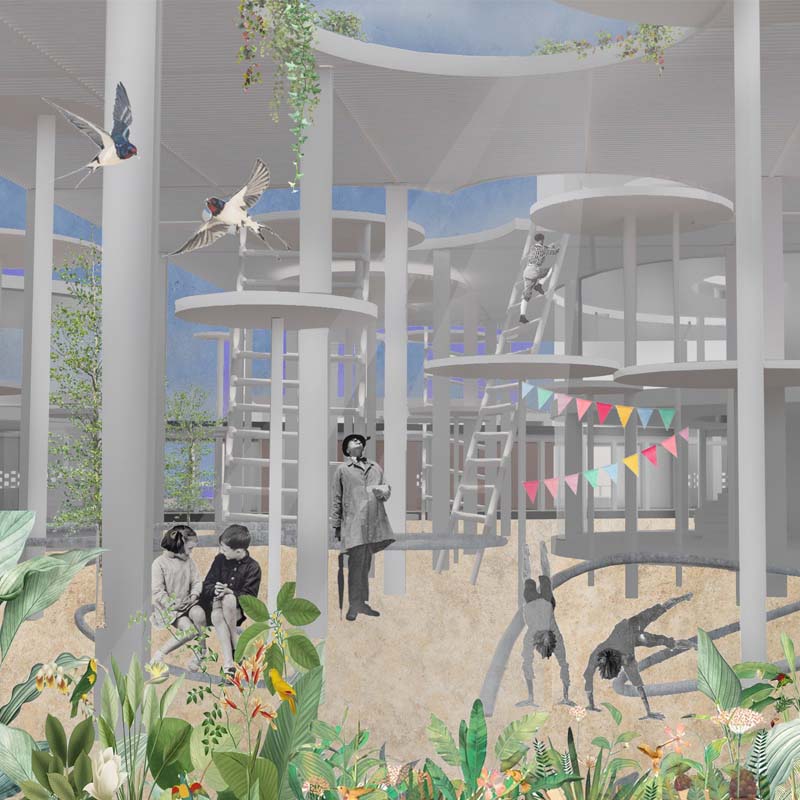

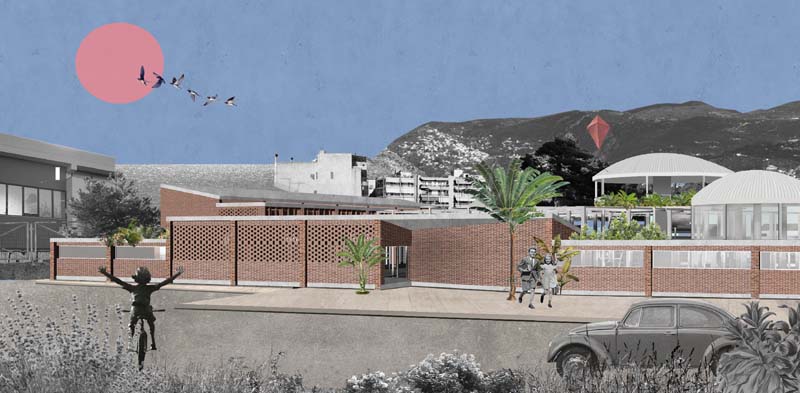

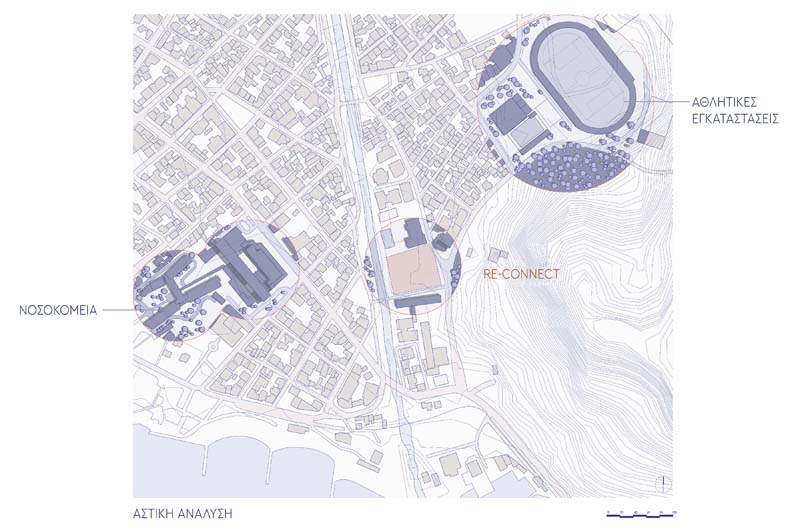

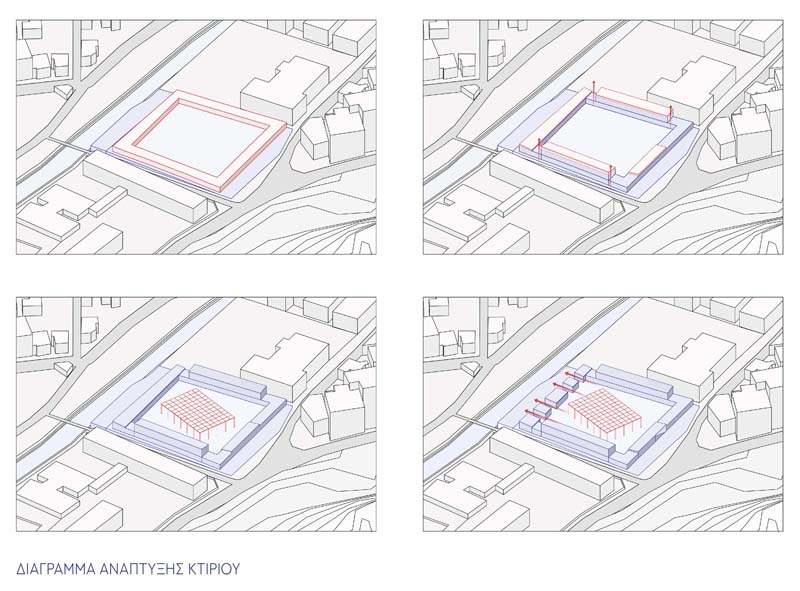

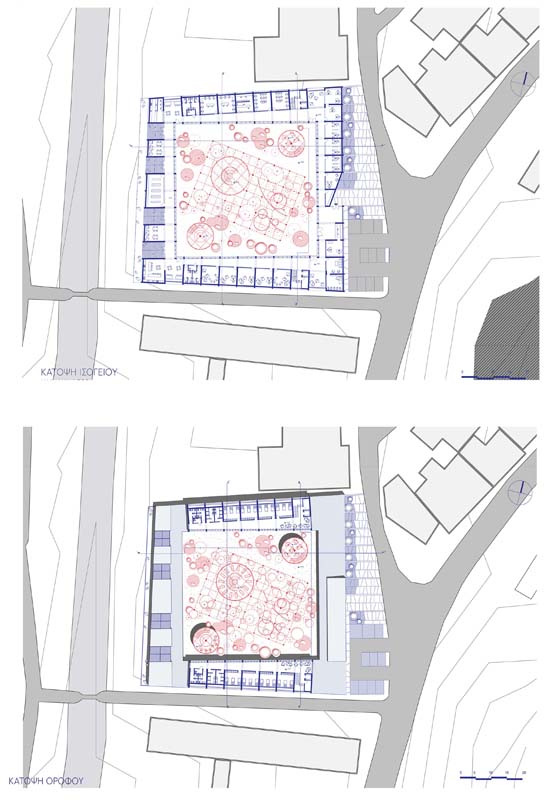

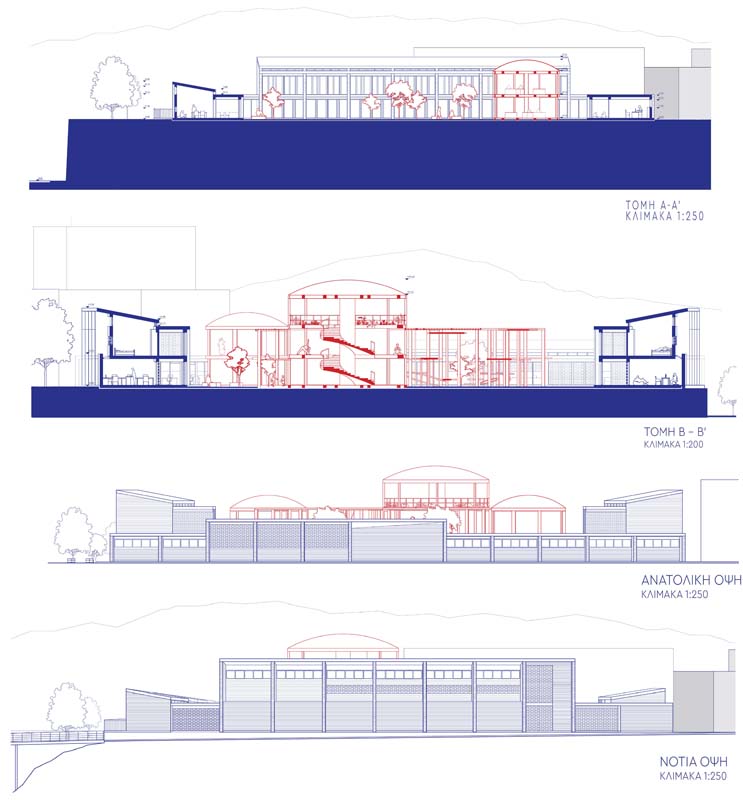

Our thesis, titled “Re-CONNECT: From the technological alienation to a new way of communication”, is concerned with the creation of an Internet addiction treatment center for adolescents. To begin with, the researchers defined the term “Internet” and mentioned its origins, evolution and global dissemination, as well as its contribution to education, entertainment, communication information, commerce and teleworking. At the same time, statistics were used in order to indicate the expanded use of the Internet by Greek users in the recent years, and the even greater expansion of its use after the periods of confinement due to covid-19. The research then focuses on the definition of addiction, the behavioral characteristics of the addict, the diagnosis of addiction and the psychological profile of people prone to internet addiction, while statistics that show the growing trend of addicted adolescent users in Greece. In addition, for reasons of methodological consistency, the research included a multi-level analysis of respective rehab centers abroad (“reSTART Center for Technology Sustainability”, USA), as well as within Greece (KETHEA, “18 Ano” rehab center). The researchers then defined that the goal of the treatment center is to activate adolescents to take part in various activities, while undergoing psychotherapeutic treatment. In order to achieve this goal, the typology of Orthodox monasteries was used as a reference, as it simultaneously provides an introverted, peaceful residence and a variety of activities within its boundaries. As an additional reference, the concept of the garden was used as the architectural metaphor of a particular type of paradise that combines the natural with the artificial element and provides a place of meeting, the development of outdoor life, an idyllic atmosphere and allows coexistence. Finally, the research mentions the criteria according to which the site of the treatment center was chosen as it was ideal for the fulfillment of the aforementioned objectives, and it also focuses on the program of the unit, as well as its construction materials.
Supervisors: Micocci Fabiano, Trova Vasso
Reference Number: 853
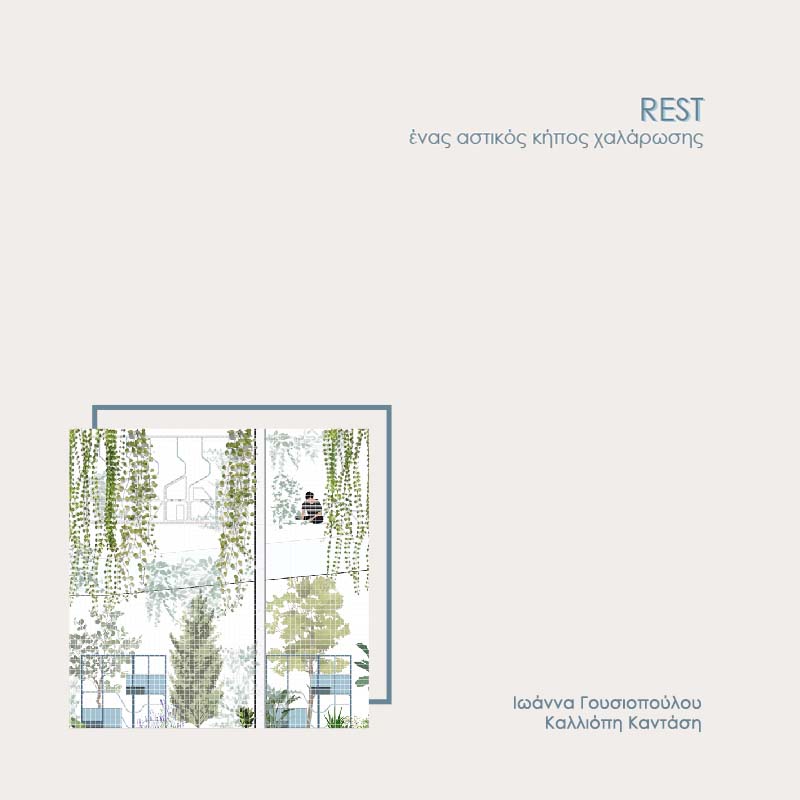

This project is about the art of sleep, and specifically the nap which is done during the day, either out of necessity or for enjoyment. This does not take place in personal or private spaces, such as the house, a hotel room, a cabin or a tent. It happens in a crowded bus seat, on the steps of a church, on the desk or on a beach, where you sleep while you are in the field of vision of the other. Sleeping during the day and especially after noon was an integral part of the daily life, in the past. Most people do not find time to rest except at night, but even then is not always enough.
Studying the human body while resting in various situations and places, we designed a seat for rest during the day. The multiplication of the object creates concepts that can be placed in the city, individually in existing spaces or collectively in the form of a building. Our proposal is placed in the center of Athens, on a corner plot in the area of Exarcheia. The building consists of spaces created by the multiplication of the object and its storage. Adding green spaces on all levels turns it into a vertical garden, an oasis of relaxation. The interaction and coexistence of people in space, with each other and with the object, is the key factor of our work.
Supervisor: Gavrilou Evelyn
Reference Number: 904
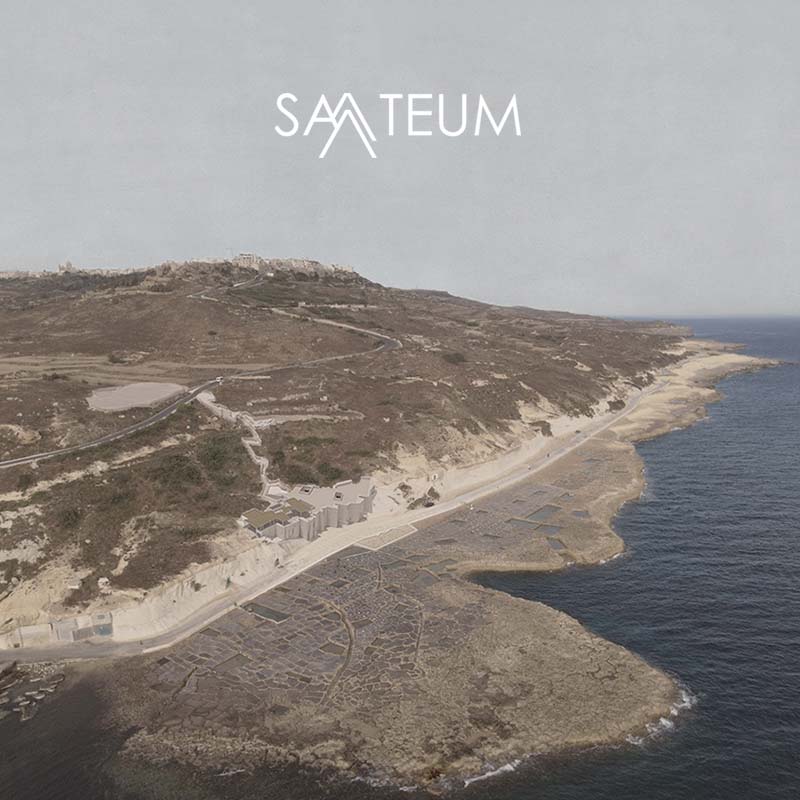

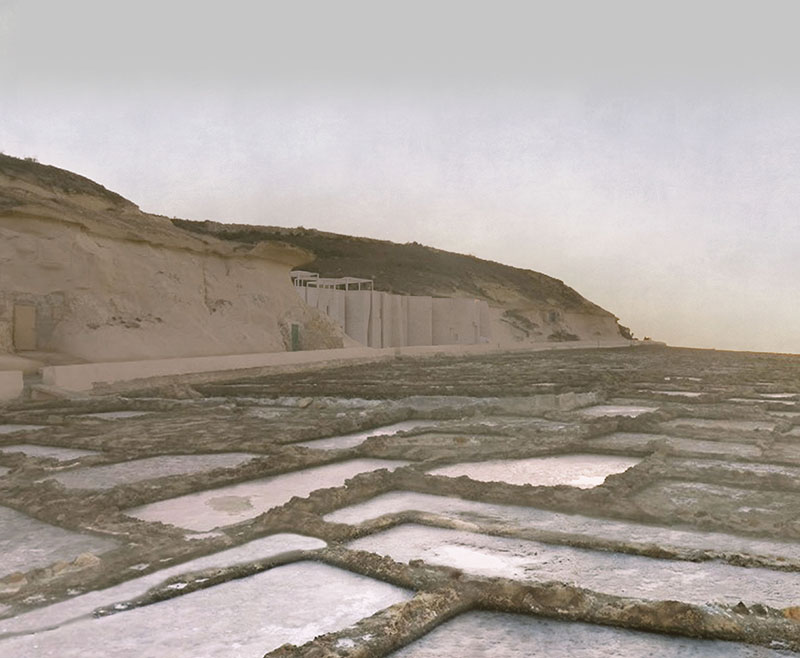

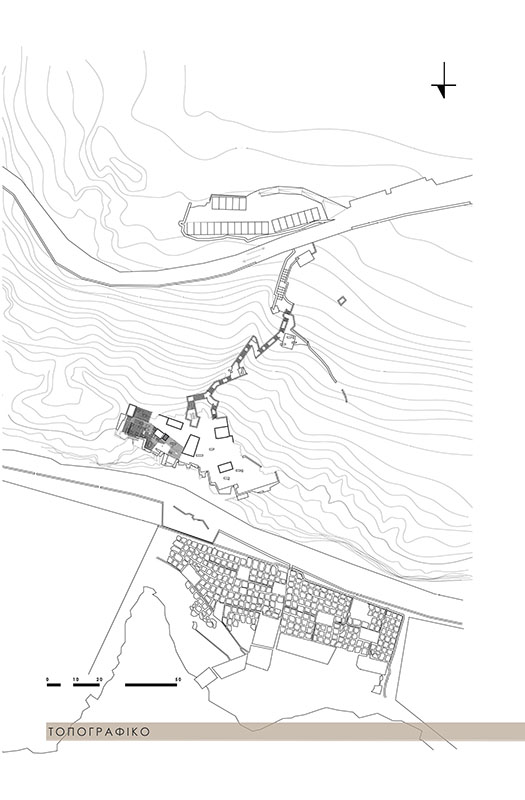

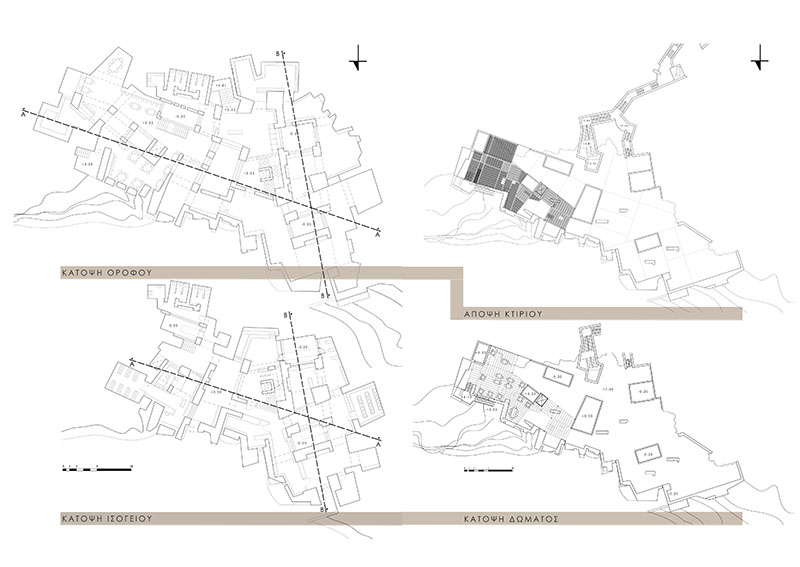

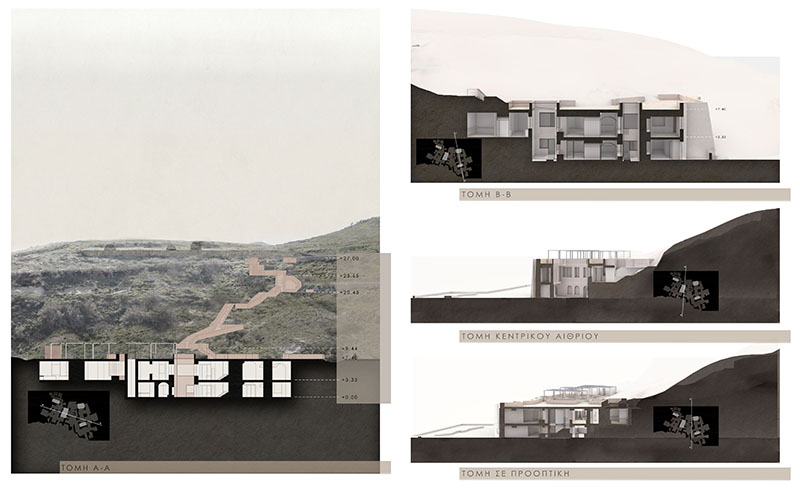

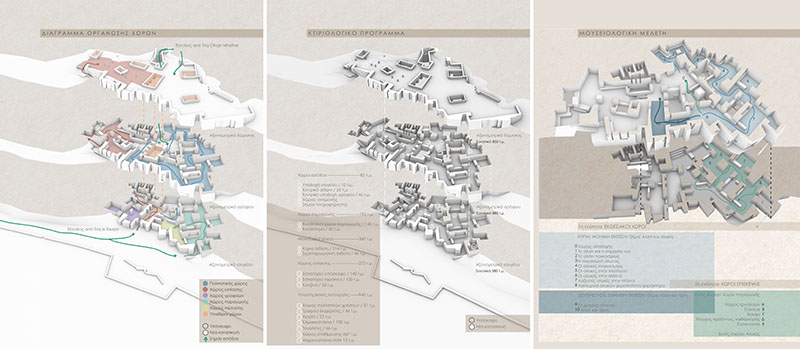

On the shoreline of Malta and her “sister” island, Gozo, countless saltpans are carved into the rocks. These saltpans stand out due to their unique sculpted saltscape created by the carvings on the limestone by the sea, while being characterized by their handmade and traditional operating way in contrast to the large industrial saltpans. The locations of these “salinas” were found during the search for non-industrial types of salt production for my research thesis titled “Saltscapes”. The focus of the paper was salt and saltscapes not only as production spaces but also as landscapes with cultural and quality characteristics. Many of the salinas were illustrated to draw conclusions for these unearthly landscapes.
The present diploma project continues after my research work, as one of these saltscapes is the selected area of study for the infrastructure. The construction of a museum about salt and salinas is proposed on the Xwejni bay in Gozo, right above the last operating rock-cut saltpans. It is meant to be an informative space about the white, crystal formed, mineral showcasing its importance through its location, and it will be a supportive place for the production needs. It is a way of featuring the natural and man-made, the small and large, the carved and corroded formations which are getting soaked for hundreds of years from the sea waters of the Maltese archipelago.
SAΛTEUM obtain its characteristics from the country, the area and culture of the islands. The salinas’ engravings on the ground inspired the design, while the carved rocks combined with the place’s history, inspired the construction of the underground museum. The architectural proposal aims on strengthening the relation with the ground and nature through the reconnection with natural methods, while respecting the environment.
Supervisor: Manolidis Kostas
Reference Number: 917
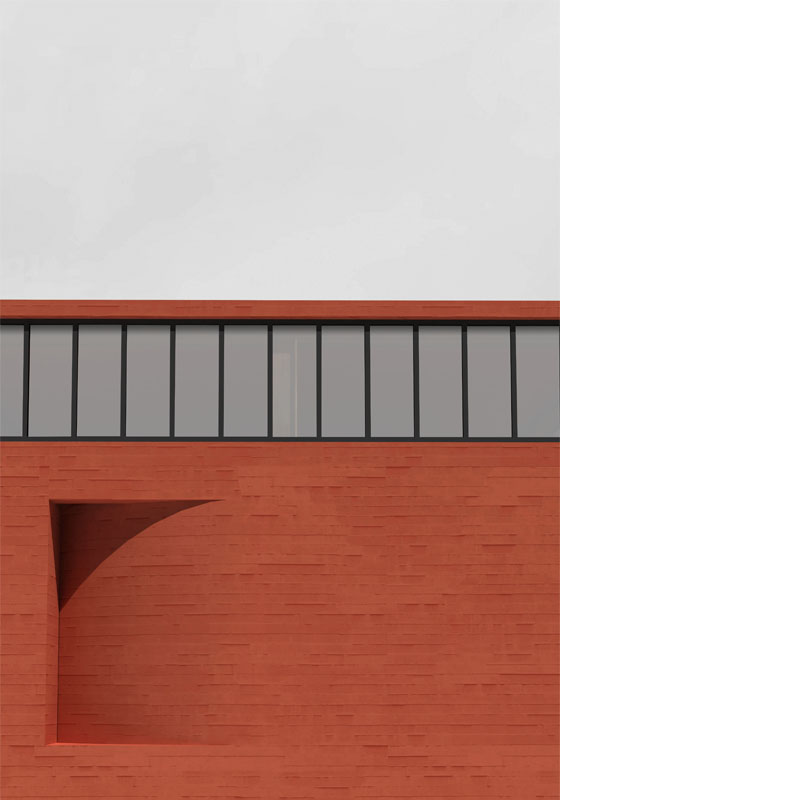

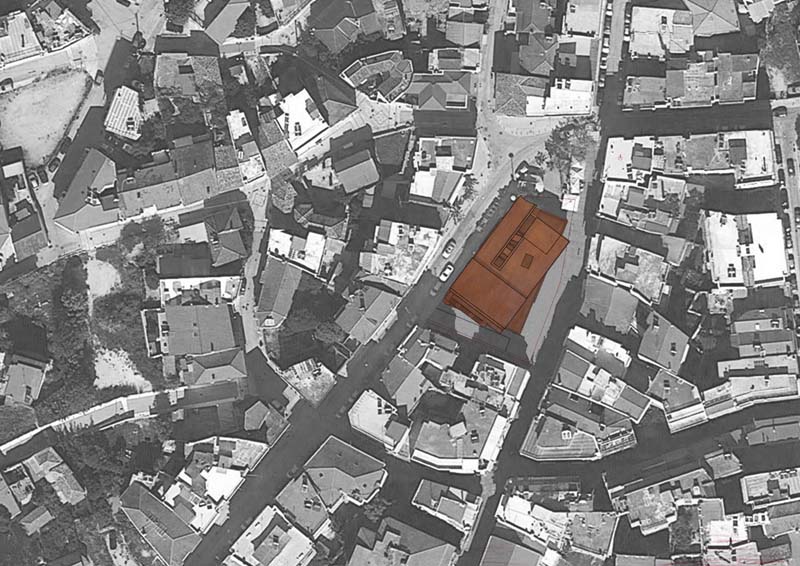

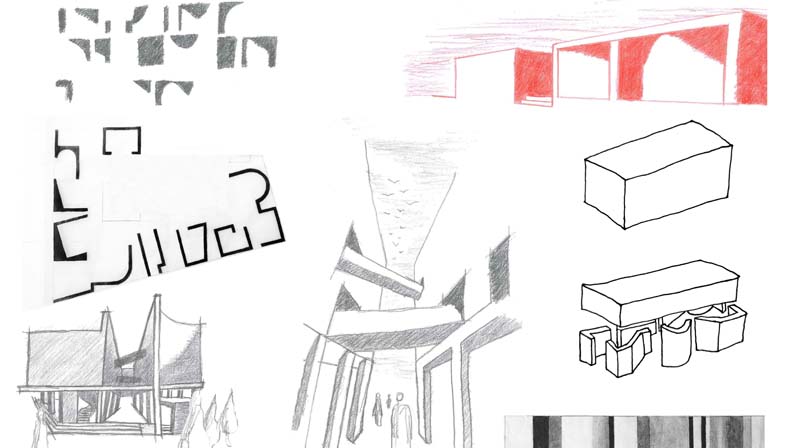

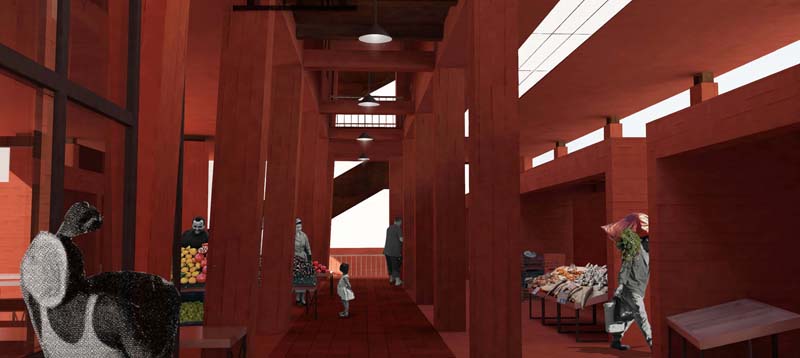

Sevdalinka is a traditional genre of folk music from Bosnia and Herzegovina. Sevdalinka is also spread across the ex-Yugoslavia region, including Croatia, Serbia, Montenegro etc. The combination of Slavic, Oriental and Sephardic elements make this type of music stand out among other types of folk music from the Balkans. Also known as Sevdah music, this word comes from the Turkish language and it means longing. As a result the melodies describe the anticipation for the return of a loved one.
Balkans are characterized as an "era of conflicts” because is a place in Europe in which coexists a lot of contradictions. In lots of cases this happens harmoniously but sometimes social groups bring to the surface all this cultural pluralism that characterizes them. This kind of culture could not be missing from music as the main art for human beings over the centuries. Balkan music produces a kind which has a range of similarities and differences. In other words every person can easily observe similarities regardless of the origin.
After lots of hours of studying the intercultural part of this history and observing the daily routine in the city of Arta, I wanted to makeknown this wonderful and one of a kind musical tradition. Arta city is a town of northwestern Greece and contains a number of elements that are the continuation of Balkan life and tradition. Moreover, Arta city has a long musical tradition which nowadays is taught and played by the Department of Folk and Traditional Music at the University of Ioannina. This thesis deals with the reuse of the city Flea Market and the creation of a study Balkan music center. This act is a request of the cultural centers and it will contribute effectively to the improvement of the University and the city of Arta itself.
Supervisor: Manolidis Kostas
Reference Number: 859
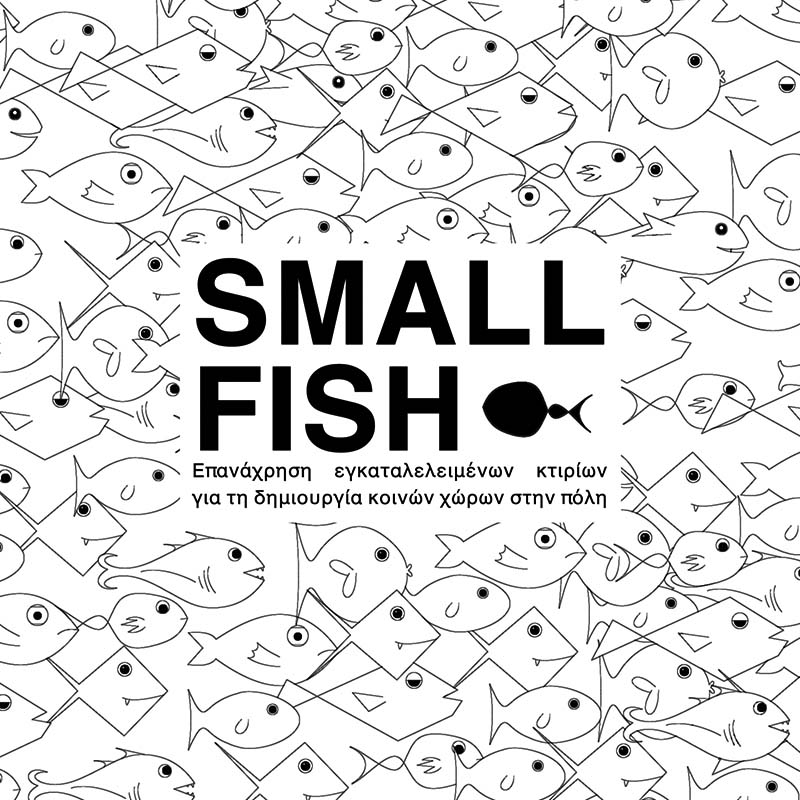

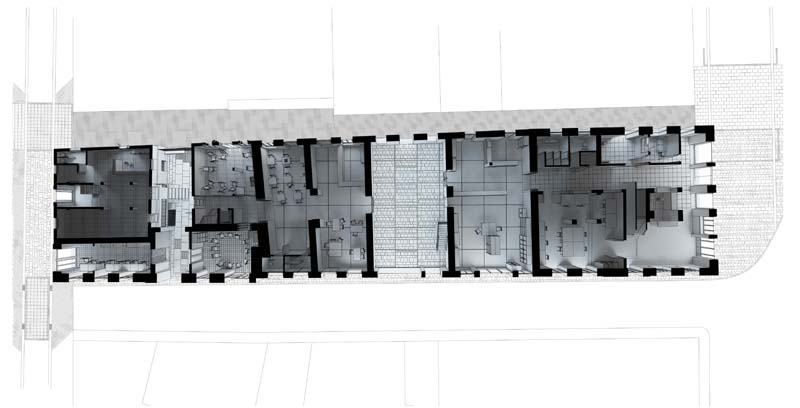

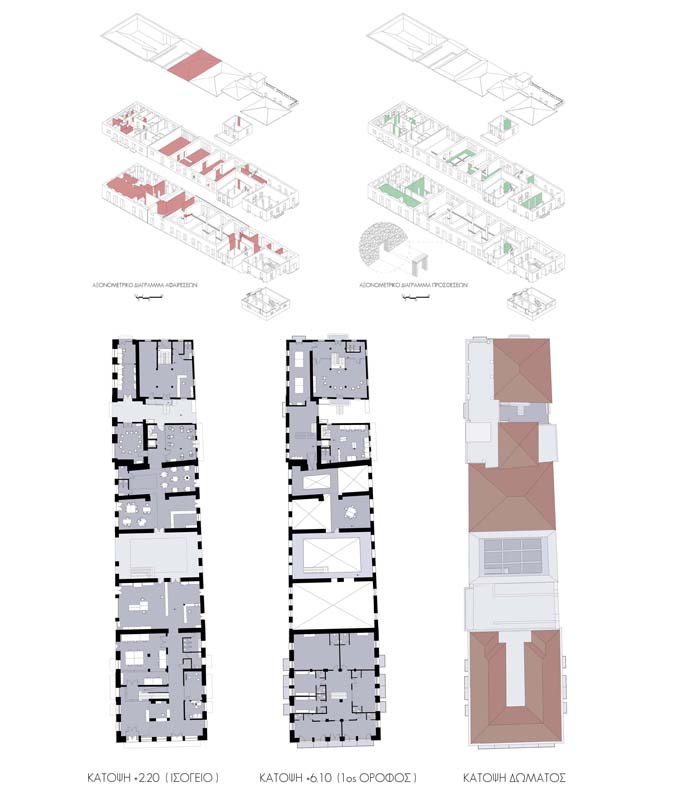

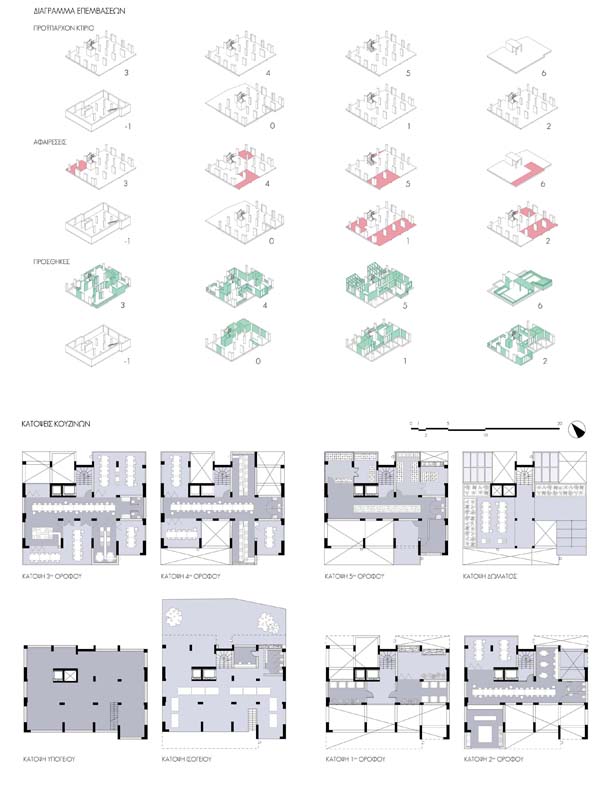

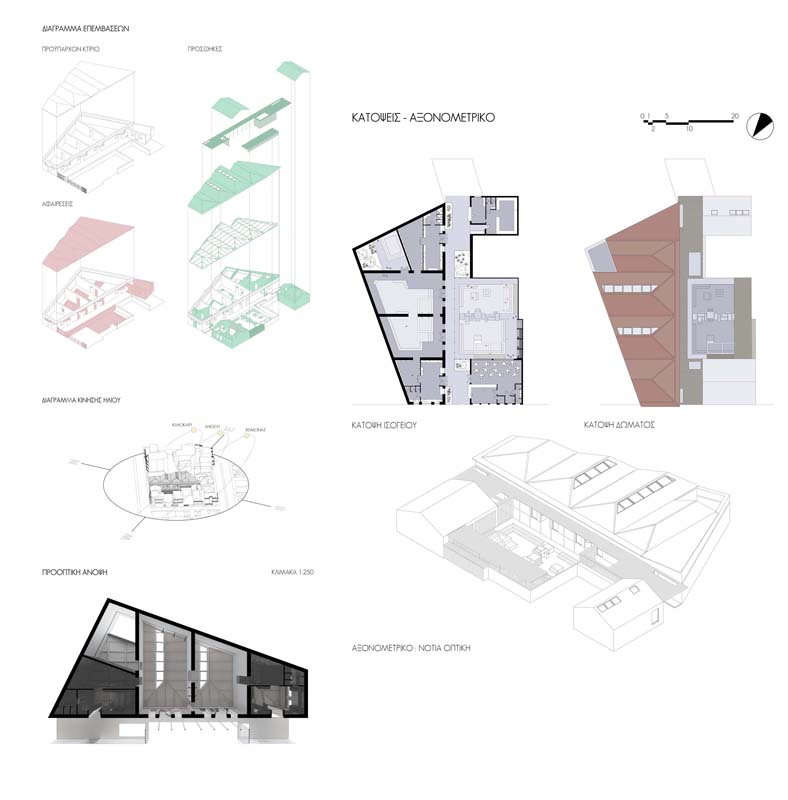

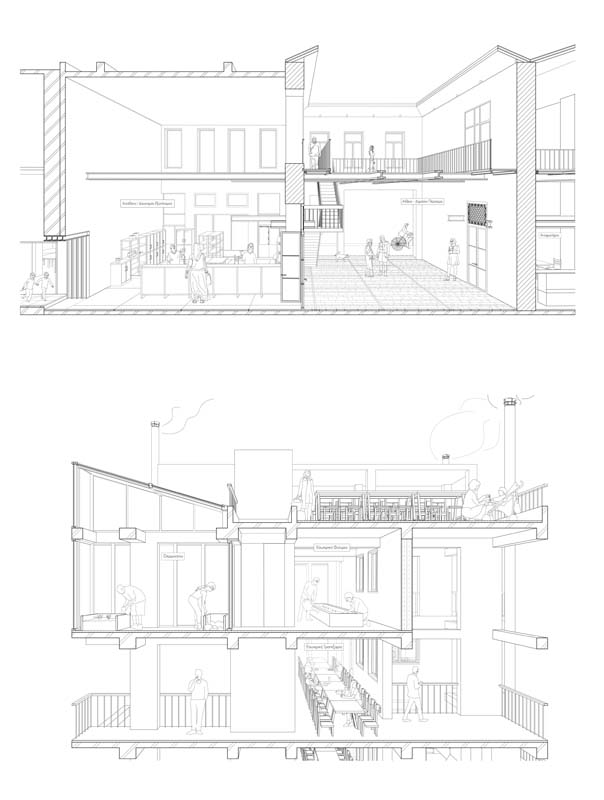

Living through an era of crisis in Greece, we are seeing a lot businesses closing, homes are deserted and rotting, even whole apartment buildings being abandoned. Those are only adding up to the already ejected oversized industrial structures and the houses that could not catch up to the massive “consideration” contracts. While observing this huge, unused city “reserve” by collecting information from the current conditions (using as a paradigm the city of Volos), as imminent architects we are discouraged to “build” new products only to increase the unexploited pile of the city’s depository, so we locate the problems and the complications lurking in other areas. Our key words are reuse, recycling and economy of space and materials, the historical remembrance of the abandoned buildings, but also the importance of solidarity, relating with one another and cooperation to a social level. We made a team with other fellow architect students in order to record this city “reserve” we speak about, and moving on, without them anymore, we plot out a project in which we reuse few of the structures as libertarian, common, social spaces that fulfill the city’s needs. These structures will accommodate uses/functions we associate with ourselves daily, such as social housing, public kitchens, bathhouses, workshops and squares. By analyzing Volos’ cityscape and pinpointing its particularities, we carefully situated those structures in order to create connections with themselves and the rest of the city. Also, we investigated, to the point it was possible, the legal and economical presence of our project and attempted to imagine its sociopolitical impact. Finally, we designed three of those structures that stimulated our architectural interest. These buildings will host kitchens with various eating areas and its own food cultivating spaces, an outdoor bathhouse and a workshop containing creative, educational and cultural spaces.
Supervisor: Mitroulias Giorgos
Reference Number: 854

